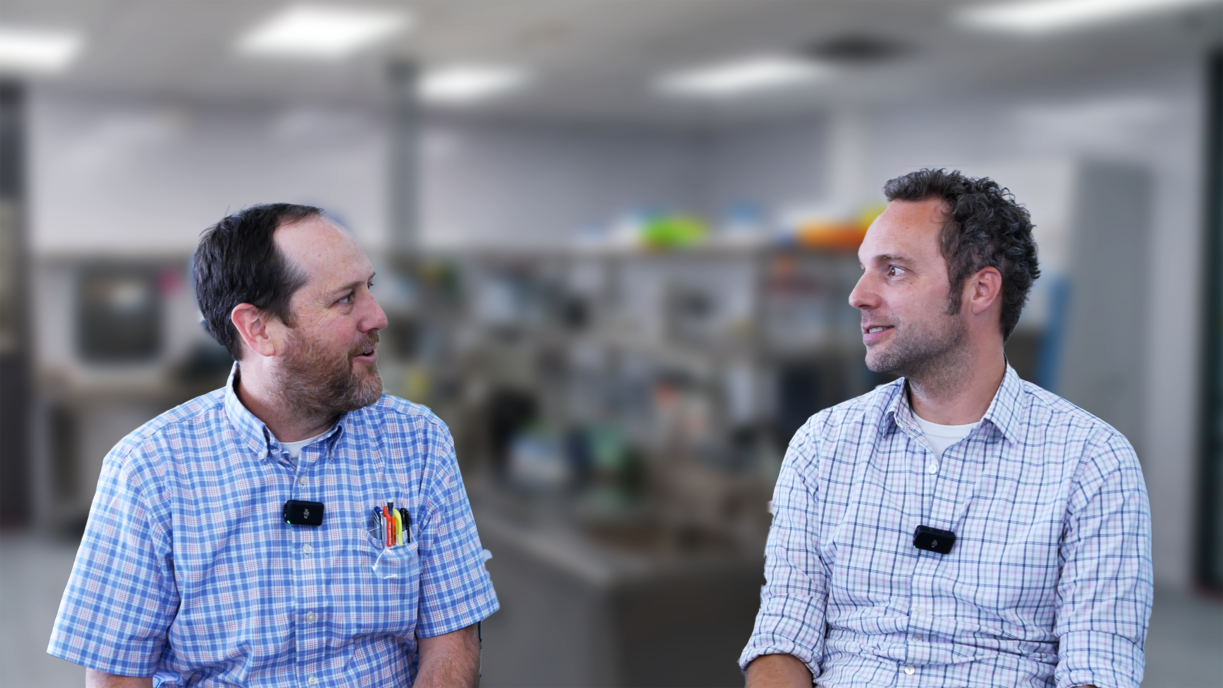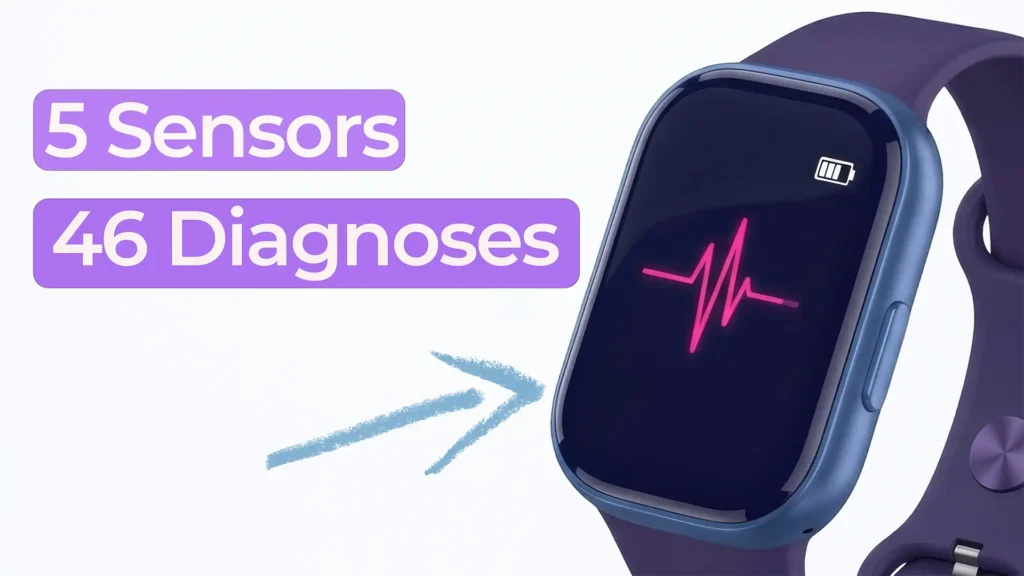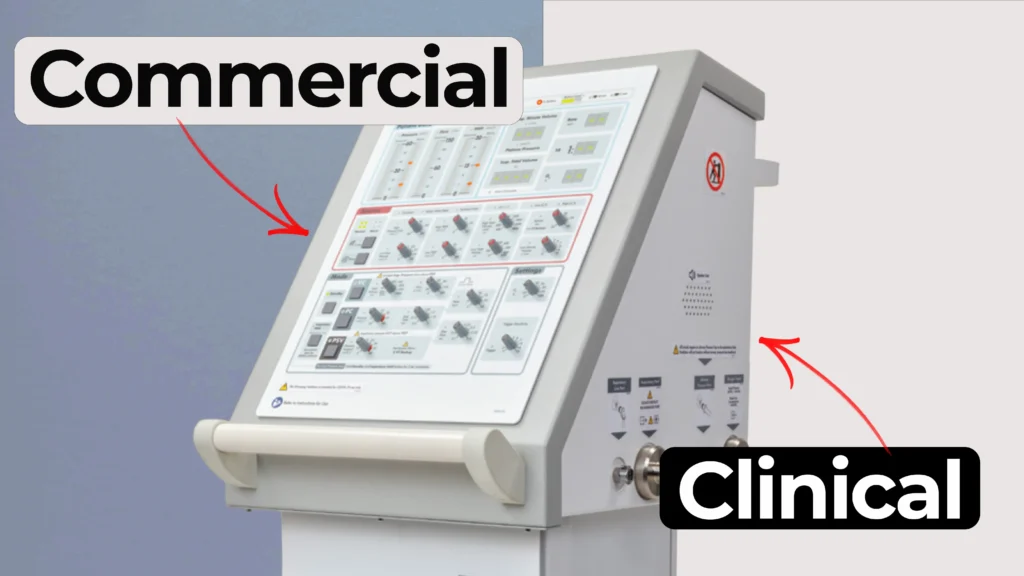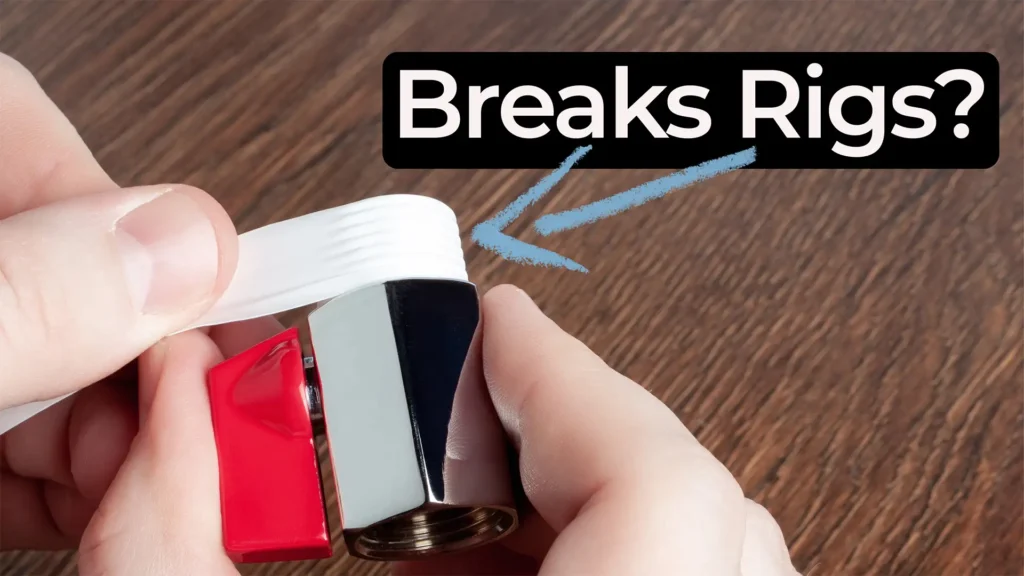
Bio Break: Clinical Trials for Medical Devices vs. Pharmaceuticals
In this episode of Bio Break, Joris van der Heijden and Nick Allan break down the key differences and similarities between clinical trials for medical devices and pharmaceutical products. As the conversation unfolds, they provide valuable insights into the distinct processes and challenges associated with these two types of trials, including the complexities of combination devices that bridge both worlds.
Nick begins by explaining the unique goals of clinical trials for medical devices. These trials focus on proving safety, efficacy, and the performance claims of the device in real-world settings. For example, diagnostic devices must demonstrate their ability to detect targets reliably and accurately, whether in a clinical laboratory or at the point of care.
In contrast, Nick outlines the four distinct phases of pharmaceutical clinical trials:
- Phase 1: Conducted with healthy volunteers to evaluate safety and dosage, often involving a small group of participants (around 50 people).
- Phase 2: Tests the drug’s efficacy in the target patient population, expanding the study to hundreds of participants.
- Phase 3: Compares the drug against existing treatments or the standard of care in a much larger population, often with thousands of participants, to prove differentiation and effectiveness.
- Phase 4: Post-market surveillance monitors long-term safety, side effects, and real-world performance after regulatory approval.
Nick highlights how medical device trials share parallels with pharmaceutical trials but often focus on different priorities, such as functional testing, usability, and regulatory claims. The discussion becomes especially intriguing when considering combination products, which integrate medical devices with pharmaceutical components, requiring alignment across both regulatory pathways and clinical trial objectives.
This episode is essential viewing for anyone working in medical device development, pharmaceuticals, or combination products. Gain a clear understanding of the clinical trial landscape and how these processes ensure safety, efficacy, and market readiness for innovative healthcare solutions.
Clinical Trials for Medical Devices vs. Pharmaceuticals
Related Resources

In this Bio Break episode, Nick and Nigel explore a surprising and memorable microbiology fact that puts everyday hand hygiene into perspective.

Nick and Nigel explore how a surprisingly small set of sensors could be used to identify a wide range of common health conditions.

Understanding how clinical ventilator development differs from commercial ventilator design is essential for teams planning early studies.

Nick walks through a practical Teflon tape lesson that came from real work supporting a mechanical test rig.
